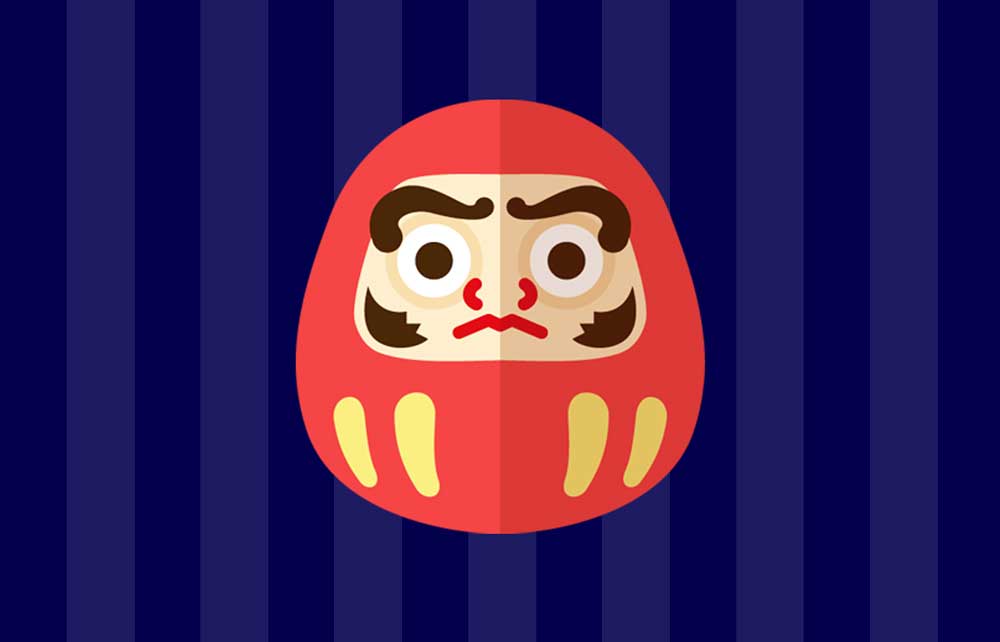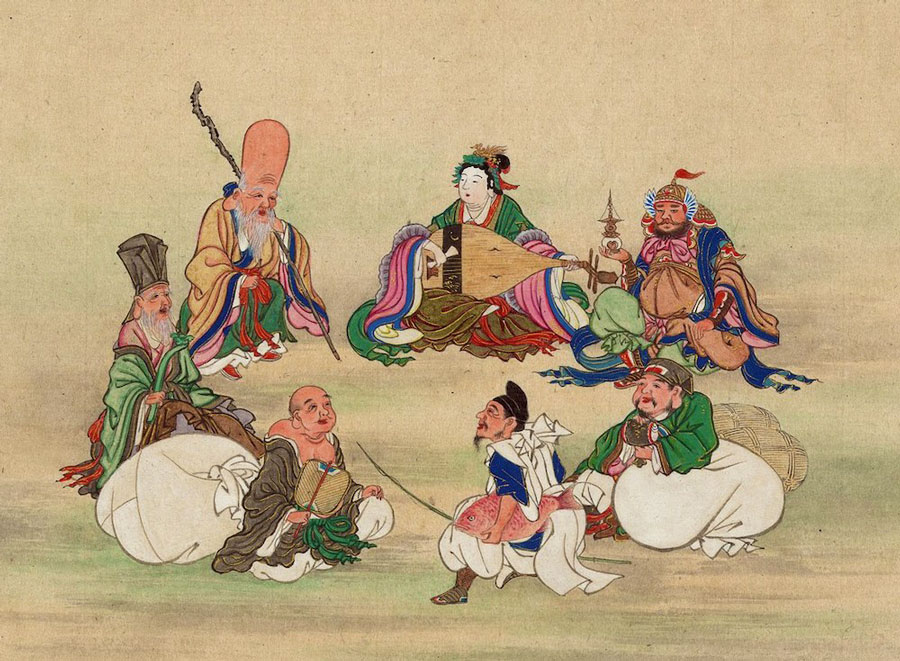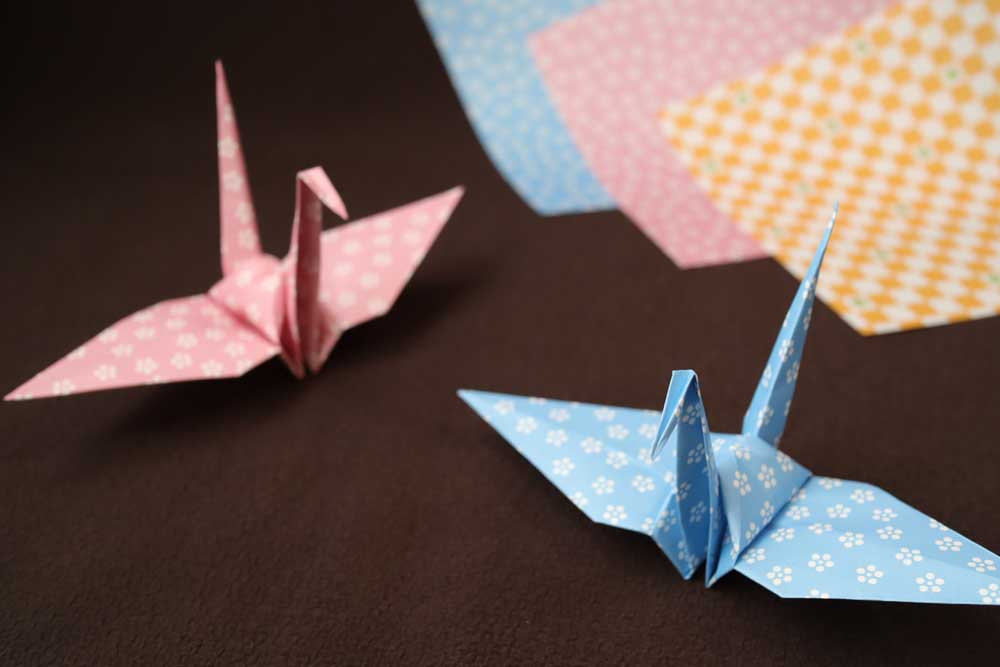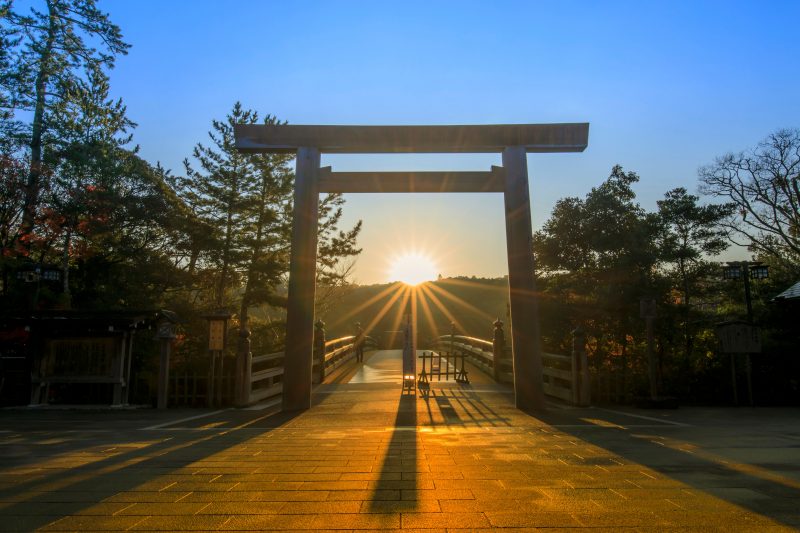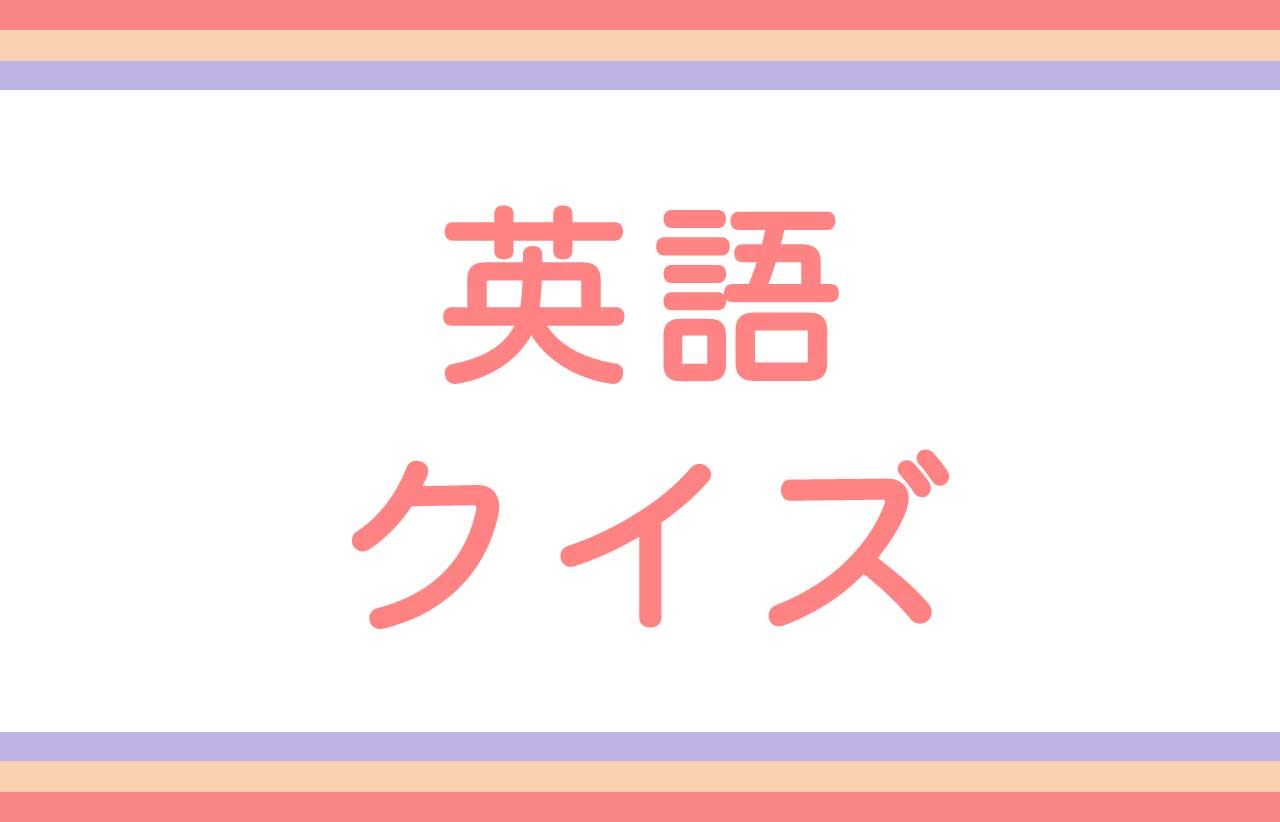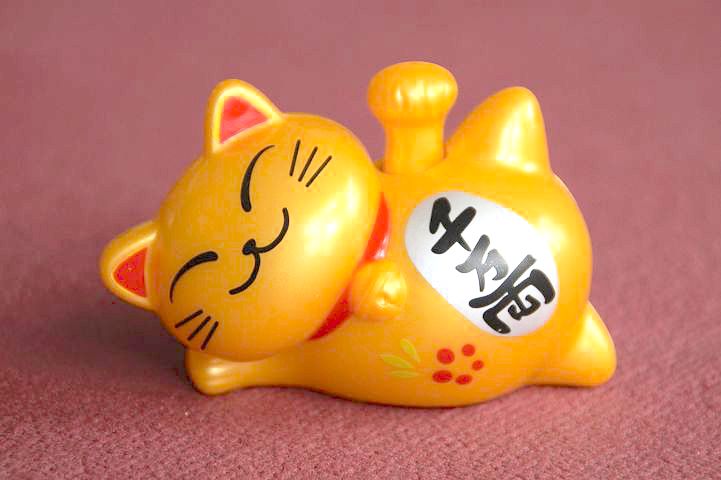
古来より日本には、幸運を呼び込むといわれる様々な縁起物があります。
縁起物がデザインされたアイテムは、日本文化を象徴するお土産として、海外の方々に大変人気があります。
今回は、初夢、招き猫、松竹梅、鶴と亀、打ち出の小槌など、日本で幸せの象徴とされているものを英語で説明する表現をご紹介していきます。
ご興味のある方は、当サイトで 英語クイズ(5000問) を出題しておりますので是非ご覧ください。
目次
縁起物の簡単な説明
「縁起物とは、」「良いことがありますように」と幸運を期待し祈るためのもので、五穀豊穣、商売繁盛、健康、長寿、子孫繁栄、夫婦円満など、そのご利益には様々なものがあります。
英語では一般的に、
- lucky charm
- good luck charm
- something to bring good fortune
などと表現します。
Engimono, lucky charms, are objects that expect and wish for good fortune.
(縁起物とは、良いことを期待し祈るためのものです。)
・幸運:good fortune/omen
・長寿:longevity
・象徴:symbol、emblem
・持ってくる、連れてくる:bring
・招く、誘う:invite
・引き寄せる、引きつける:draw
・似せてつくられる:imitate
・お客さん:customer
初夢 / Hatsuyume
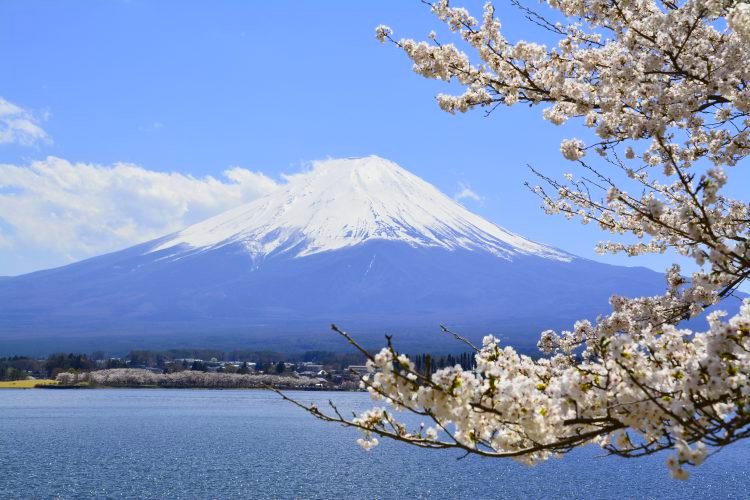
「初夢」の簡単な言い方としては、
- the first dream of/in the New Year
- one’s first dream of the year
などがあります。「新年で最初に見る夢」ということですね。
初夢で縁起が良いとされる「一富士、二鷹、三茄子」を英語で説明する場合は、以下のような表現があります。
Hatsuyume means “the first dream of/in the New Year.”
(初夢とは、新年に最初に見る夢のことです。)
The first dreams of Mt. Fuji, a hawk or an eggplant are considered good omens for the year.
(初夢で富士山、鷹、なすびを見ると縁起が良いとされています。)
As the common saying “Ichi-fuji, ni-taka, san-nasubi” suggests, it is believed to be a good omen to dream of those objects/items.
(世間では「一富士二鷹三茄子」というように、これらを夢に見ると縁起が良いとされています。)
“Ichi-fuji, ni-taka, san-nasubi” means “Mount Fuji for first, hawk for second, and eggplant for third.”
(「Ichi-fuji, ni-taka, san-nasubi」は、「1に富士山、2に鷹、3になすび」という意味です。)
It is said to be auspicious that one dreams of Mt. Fuji, a hawk or an eggplant on the first night of the year.
(初夢に富士山、鷹、なすびのいずれかを見ると縁起が良いといわれています。)
In the old days, hatsuyume was thought to influence one’s luck for the year.
(昔は、初夢はその年の運勢を左右すると信じられていました。)
According to a theory, it is also said that these three items were a list of what Ieyasu liked.
(一説によると、この3つは徳川家康が好きだったものともいわれています。)
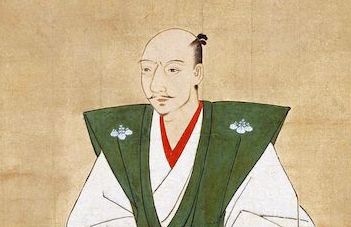
招き猫

招き猫は、幸福とお客さんを引き寄せるラッキーアイテムとして大変人気があります。
お店などに飾られるのが一般的ですが、小判をもって手招きする姿はとても可愛らしく、キーホルダーなどの小さなデザインのものを持ち歩いたり、携帯電話の待ち受け画像にする方も多いようです。
英語では beckoning cat と訳され、文字通り「手招きをする猫」となりますが、招き猫が縁起物であることを英語で伝える最も簡単な言い方としては、
- lucky cat
- lucky cat made of ceramic or plastic
- cat figure inviting good luck and customers
- good fortune cat
- lucky cat ornament
- Japanese good fortune cat
などがあります。
a cat ornament believed to bring good luck to the owner
(持ち主に幸運を招くと信じられている猫の置き物)
a Japanese cat ornament believed to draw customers and fortunes
(お客さんや幸運を引き寄せると信じられている日本の猫の置き物)
“Maneki-neko” translates to “beckoning cat.”
(「招き猫」は beckoning cat と訳されます。)
“Maneki” means “beckoning” or “inviting,” and “neko” means “cat.”
(「招き」が beckoning または inviting で、「猫」が cat です。)
A beckoning cat is a ceramic good luck charm often found at the entrance to restaurants or shops.
(招き猫とは、レストランやお店の前などで見られる陶器製の縁起物です。)
Maneki-neko is a cat-shaped ceramic ornament that is placed in the entrance halls of restaurants or shops and is believed to invite customers.
(招き猫はレストランやお店の入り口に置かれる猫のかたちをした陶器製の置物で、お客さんを招くと信じられています。)
The maneki-neko is believed to invite/attract customers and good luck with its paws and is placed in stores.
(招き猫は、前足でお客さんや幸運を招くとされ、お店などに置かれます。)
A left paw up is to invite customers to your business, and a right paw up means to draw good fortune and wealth.
(左前足を挙げているものはお客さんを、右前足を挙げているものは幸運と富を招きます。)
松竹梅
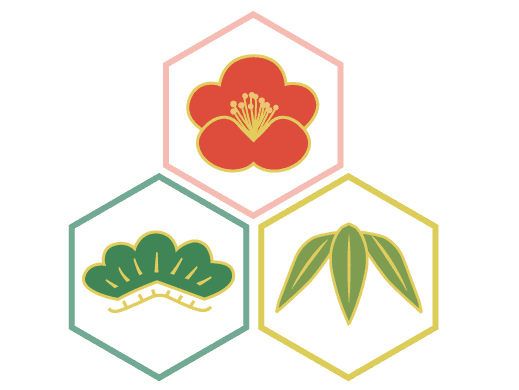
冬の寒い季節に友とすべき三つの「松・竹・梅」は、「歳寒三友(さいかんのさんゆう)」として古くから中国では文人画の題材として好まれてきました。
歳寒の中でも、松は色褪せることなく緑を保ち、竹はまっすぐしなやかな強さを表し、梅は美しい花を咲かせることからこのように呼ばれているそうです。
日本の伝統文化においては、吉祥の象徴としてお祝い事などに用いられています。
In Japan, pine, bamboo, and Japanese apricot trees are taken as good luck.
(日本では、松、竹、梅はめでたいものとされています。)
Pine, bamboo, and Japanese apricot trees are considered symbols of good fortune and longevity.
(松、竹、梅は吉祥の象徴とされています。)
The pine tree has been regarded as a symbol of longevity since ancient times.
(松は古くから長寿の象徴とされています。)
Bamboo is regarded as a symbol of perseverance and fortitude because of its strength even when bent.
(竹は、強くしなるさまから忍耐と不屈の精神の象徴とされています。)
The combination of pine, bamboo and Japanese apricot trees is called “sho-chiku-bai” for short.
(松、竹、梅の組み合わせは略して「松竹梅」と呼ばれています。)
The reason why these are considered symbols of good fortune is that the pine represents longevity because of its green color, the straight-growing bamboo represents strength, and the Japanese apricot patiently endures the wintry cold to bloom in early spring.
(これらが縁起が良いとされている理由は、常緑の松は長寿を、まっすぐに伸びる竹は強さを表し、梅は冬の寒さに耐えて春の初めに花を咲かせるからです。)
打ち出の小槌
打ち出の小槌は、一寸法師や桃太郎などの日本の昔話やおとぎ話に登場する、振れば欲しいものが何でも出てくるという魔法の槌で、富や幸福をもたらす宝物のひとつとされています。
日本では縁起物のモチーフになることも多く、また 七福神 の大黒天様の持ち物としても有名です。
海外にもこれと似たようなものがあり、ギリシャ神話の中には「cornucopia / コルヌコピア」という、ごちそうやお花で満たされている「豊穣の角」が豊かさの象徴として描かれています。
打ち出の小槌は、英語では
- magic mallet
- mallet of luck/fortune
- magic wishing mallet
- lucky hammer
- hammer of luck
などと訳されます。mallet とは木槌のことです。
a legendary mallet that appears in Japanese old stories
(日本の昔話に登場する伝説上の槌)
a legendary mallet that can tap out anything wished for
(望むものを何でも出すことができるという伝説上の槌)
It is said that anything you wish for will come out when you shake the small hammer.
(その小槌を振ると、欲しいものが何でも出てくるといわれています。)
Uchide-no-kozuchi is a magic mallet held by the god Daikoku, and is said that if you swing it, everything you wish for will come out.
(打ち出の小槌は大黒天が持っている魔法の槌で、振ると欲しいものが何でも出てくるといわれています。)
鶴と亀
鶴と亀も、縁起の良い生き物として有名です。
もともとは、中国で長寿のシンボルとされていた鶴と亀が日本に伝わったといわれていますが、日本においては慶事によく用いられています。
A crane and a tortoise are symbols/emblems of longevity from ancient times.
(鶴と亀は、古くから長寿の象徴とされています。)
There is a legend in Japan that cranes live one thousand years and tortoises live ten thousand years.
(日本では、鶴は千年生き、亀は1万年生きるという言い伝えがあります。)
A set of a crane and a tortoise is often used for celebratory occasions.
(鶴と亀は、お祝い事によく用いられます。)
最後に
いかがでしたでしょうか。
世界各国の文化において、四葉のクローバーやてんとう虫、豚、うさぎ、蹄鉄など、幸運を招いたり魔除けとされているものはたくさんありますが、日本の「ラッキーチャーム」は、その由来や背景なども含めて、日本文化を伝えるうえで最適なテーマといえるでしょう。
外国の方々とのちょっとしたスモールトークや、プチギフトを贈るときなどに、今回の記事がご参考になれば幸いです。
